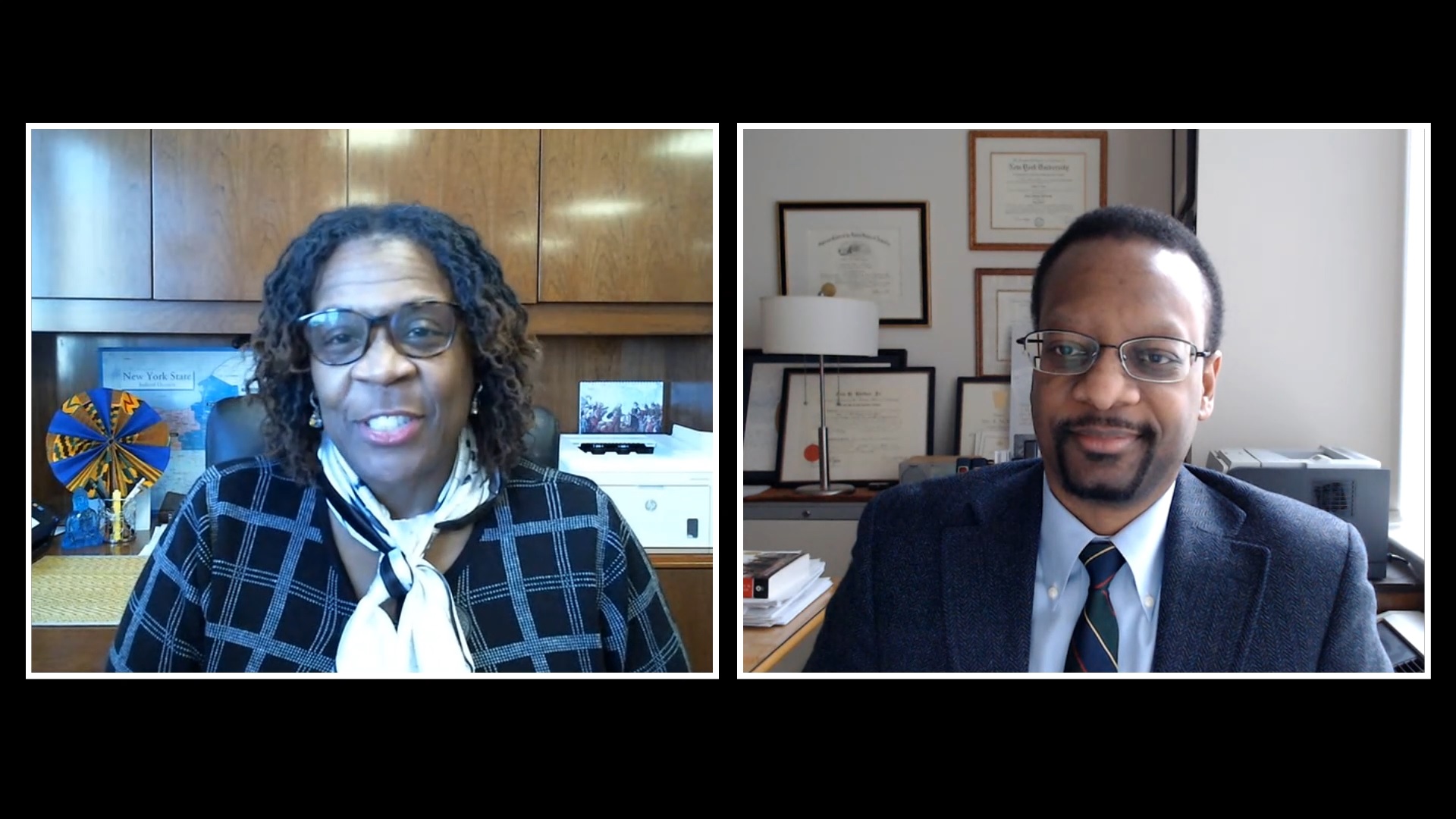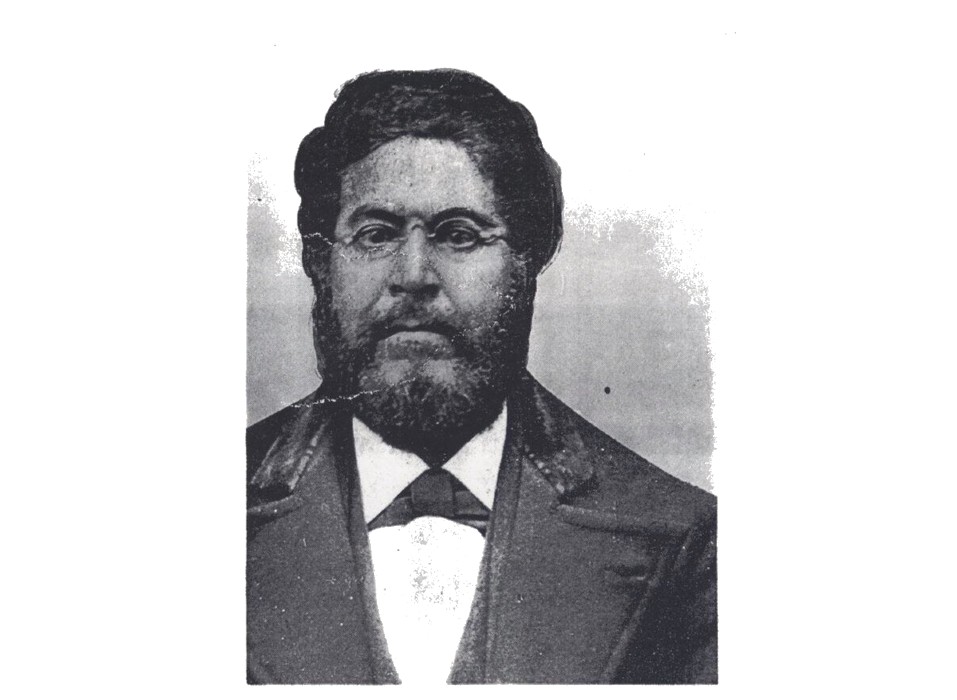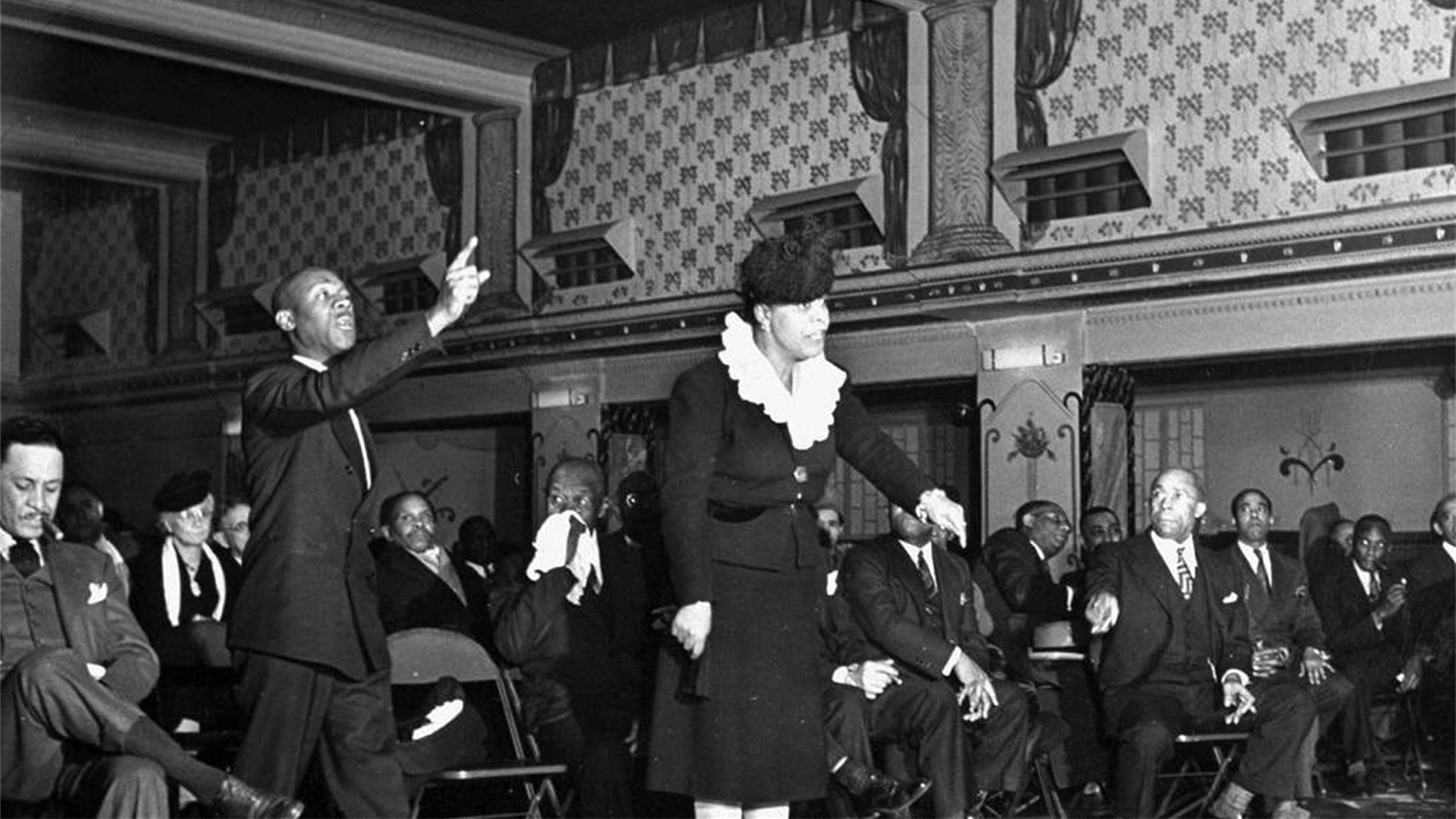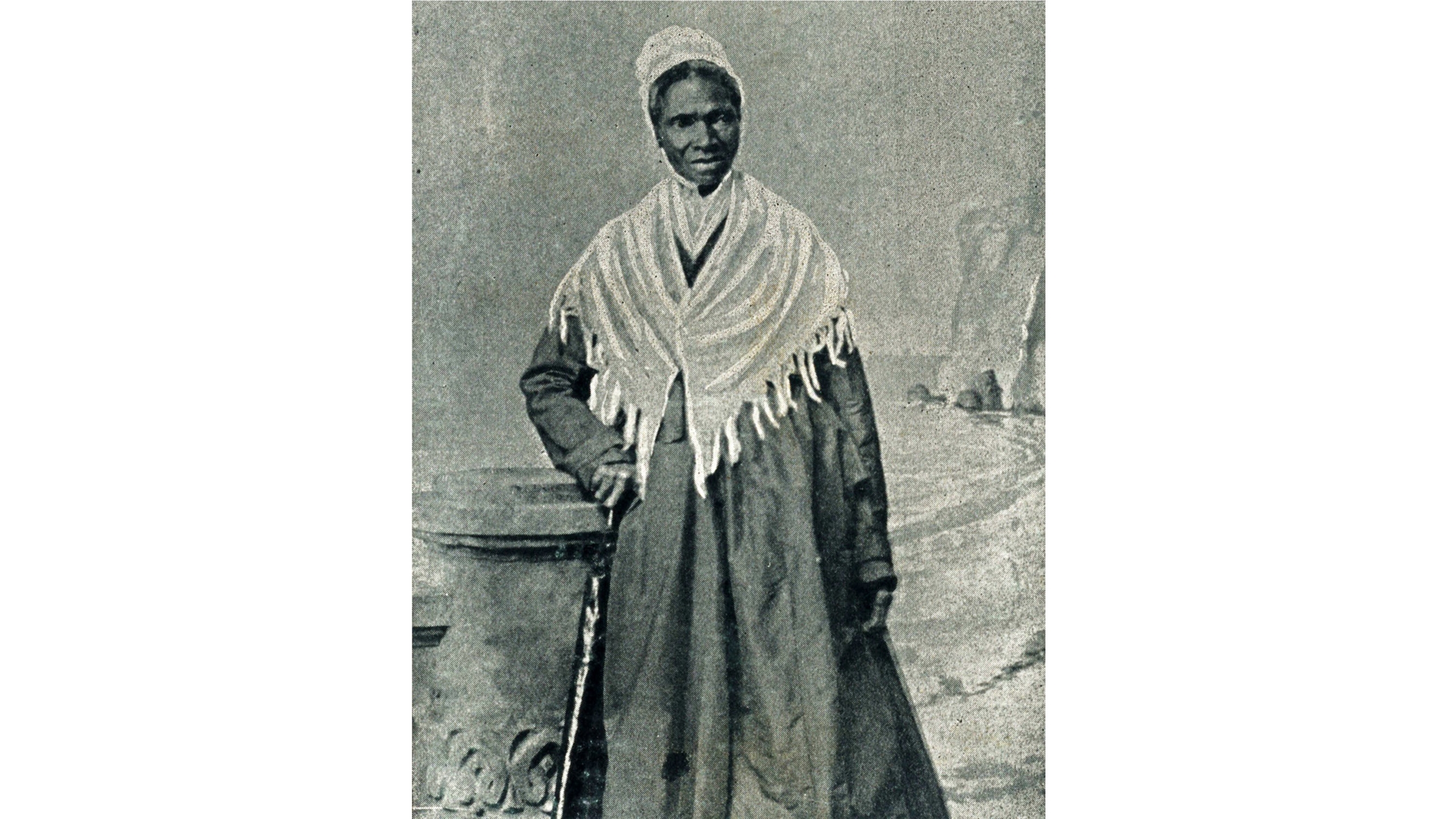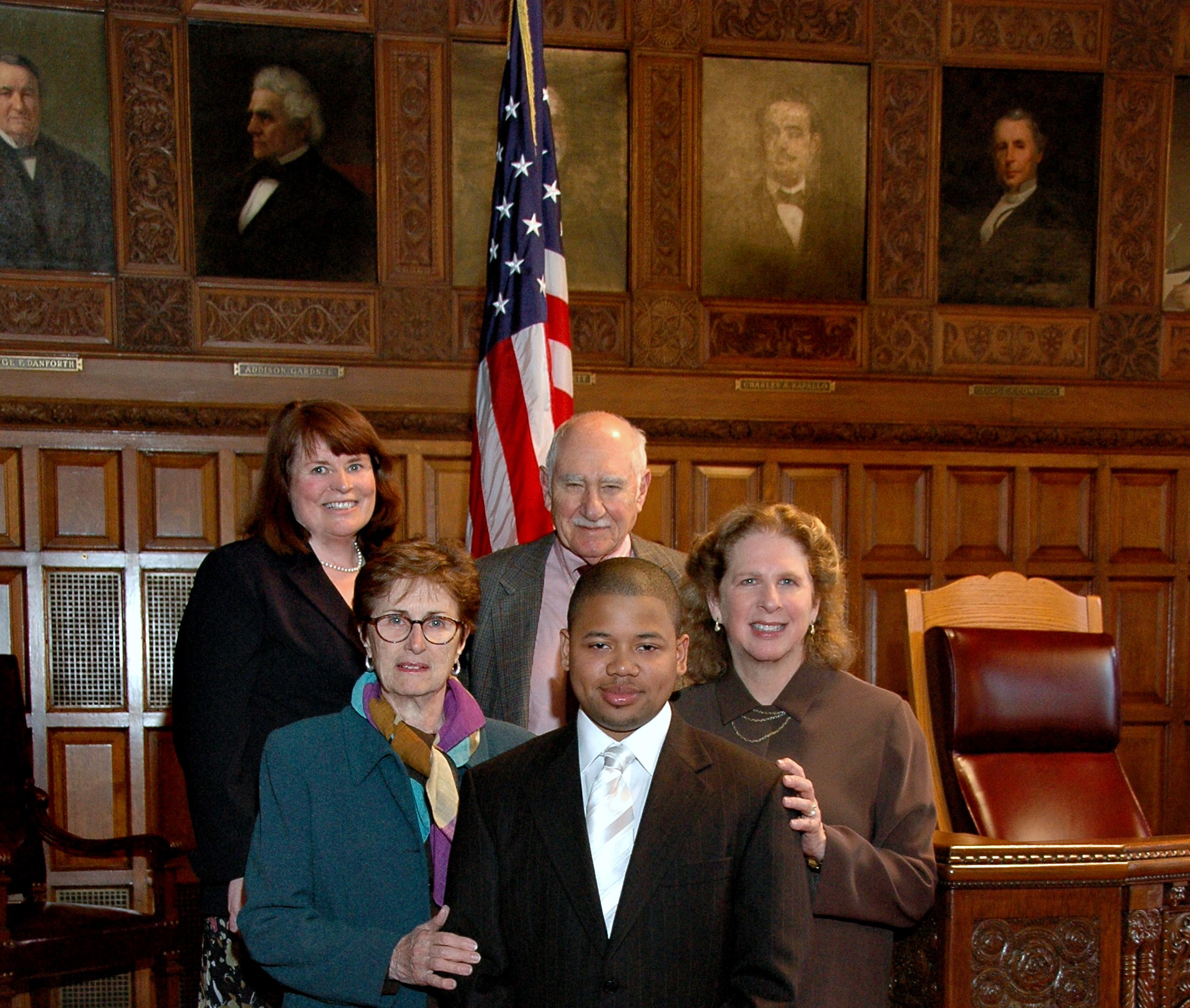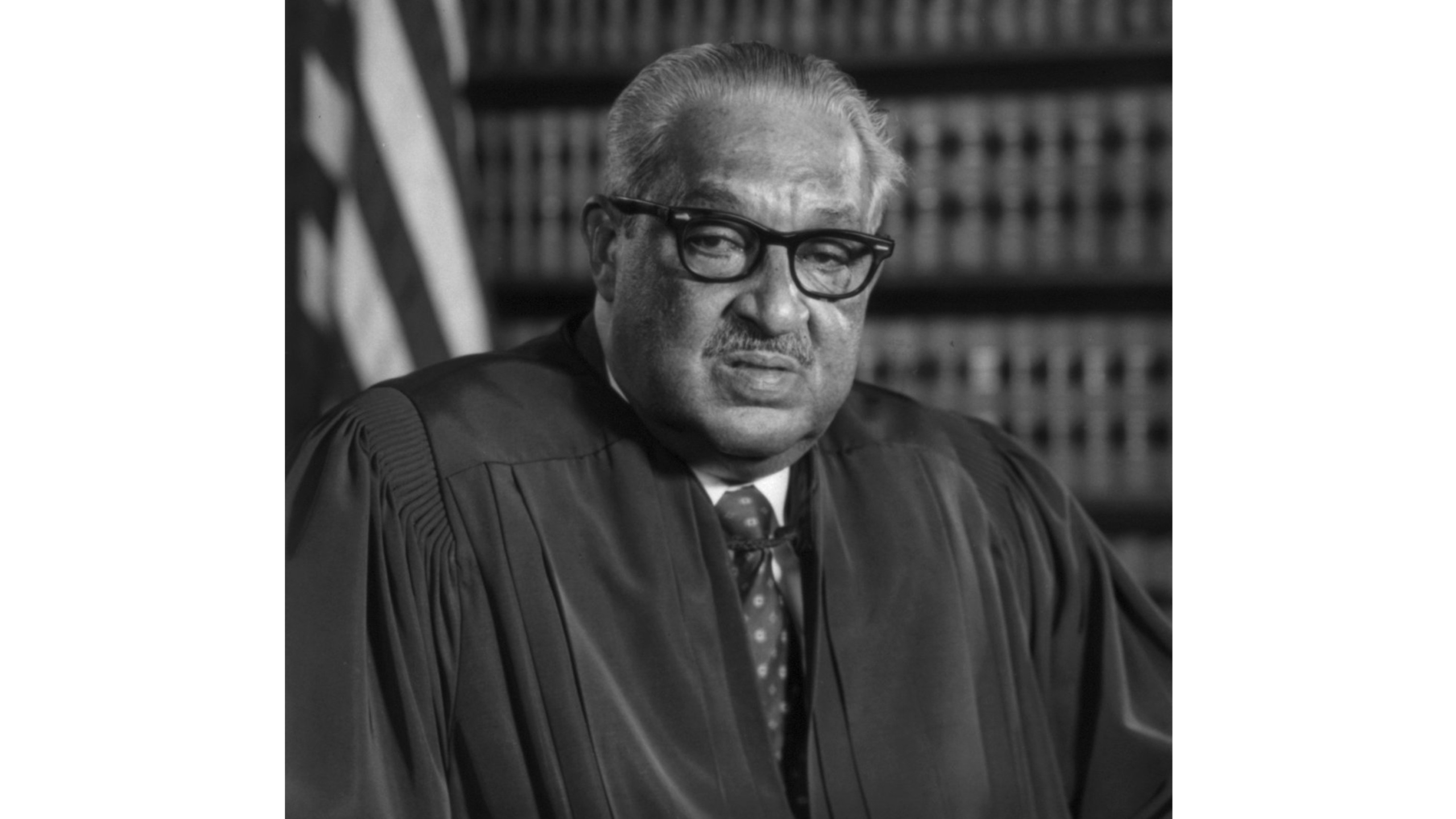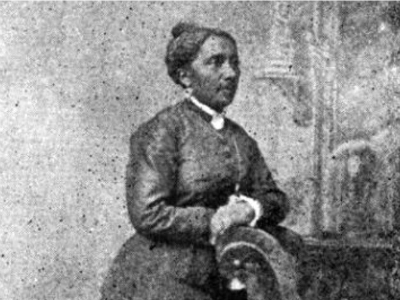Eddie Roth was a law clerk to Chief Judge Lawrence H. Cooke from 1982-84. He and fellow law clerk Jeanne Philips-Roth married in 1987. He now serves as a legal advisor to the St. Louis Metropolitan Police Department. He originally published this essay for friends and family on his Facebook page in September 2014, as a centennial tribute to Chief Judge Cooke.
October 15 marks the 107th anniversary of the date of New York Chief Judge Lawrence H. Cooke’s birth. He was a jurist of great distinction, and a person of unsurpassed decency, integrity and good cheer. I write to remember him, and to share some observations about what it meant to me to have known him.
I first met Judge Cooke in the Spring of 1981. I was 22 years old, and just completing my second year at Fordham Law School. He was Chief Judge of the New York Court of Appeals and had invited me to interview for a clerkship position that would begin following my graduation.
The interview was conducted in his home chambers at the Sullivan County Courthouse, in Monticello, New York, about 100 miles north and west of New York City. Each of the seven judges of the Court of Appeals maintain chambers in their hometowns. The judges would converge on Albany for two-week sessions, to confer and hear argument. During the three weeks in-between sessions, and over the summer, they would return to home chambers to work on writings and ready themselves for the next session, and so forth.
Continue reading

